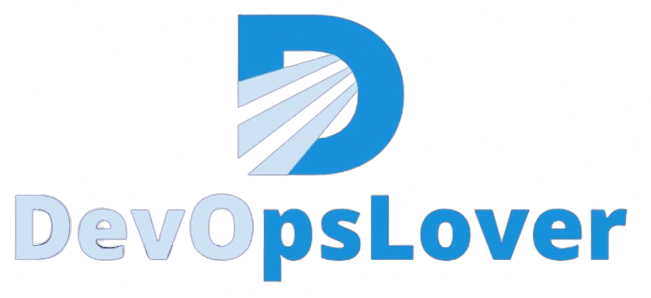
What is gitops?
GitOps
is a modern software development and deployment approach where the entire infrastructure and application lifecycle is managed through Git repositories as the single source of truth
GitOps is a framework where the entire system configuration and application code are managed through Git.
It can be seen as an extension of Infrastructure as Code (IaC), leveraging Git as the single source of truth and version control system.


1. Declarative Descriptions
All system infrastructure and application configurations are described declaratively — usually using YAML or JSON files. This makes the system’s desired state easy to understand, modify, and reproduce.
2. Versioned and Immutable
The desired state is stored in a Git repository, providing a version-controlled, single source of truth. Every change is audited and traceable, allowing rollback to any previous state at any time.
3. Automatically Applied
A GitOps agent (e.g., Argo CD or Flux) continuously watches the Git repository and automatically applies any changes to the environment. This ensures the actual system always matches the declared desired state.
4. Continuously Reconciled
The system is continuously monitored and reconciled with the desired state in Git. If any drift occurs (e.g., manual change or unexpected failure), the agent will revert it to the Git-defined state.
5. Single Source of Truth via Git
Git serves as the central source of truth for both infrastructure and application code. All changes are tracked, versioned, and reviewed in Git, making environments reproducible and auditable.
6. Pull Request-Based Workflow
Changes to the system are made through pull requests (PRs). This enables peer reviews, automated testing, and approval workflows before deployment, improving collaboration and safety.
7. Reconciliation Loop
A GitOps agent (e.g., Argo CD, Flux) continuously runs a reconciliation loop that compares the live state of the system with the desired state defined in Git. If differences are found, it automatically updates the cluster to match the Git configuration — or alerts if manual intervention is needed.

GitOps Features
1. Version Control with Git
- All configurations (apps, infra, policies) are stored in Git.
- Full change history, rollback, and auditability are built-in.
2. Automated Deployments
- Changes pushed to Git trigger automatic deployments via GitOps tools like Argo CD or Flux.
- Ensures fast, consistent, and reliable delivery.
3. Continuous Reconciliation
- GitOps agents continuously monitor and reconcile the desired state (in Git) with the actual state (in the cluster).
- Any drift is auto-corrected or flagged for action.
4. Observability and Auditability
- Every change is visible in Git logs and pull requests.
- Helps with compliance, debugging, and tracking who changed what, when, and why.
5. Improved Developer Experience
- Developers can manage infrastructure using familiar Git workflows (pull requests, branches).
- No need to directly interact with the cluster or use
kubectl.
6. Enhanced Security
- GitOps limits direct access to production clusters.
- Changes go through Git (and possibly CI/CD pipelines), allowing approvals, validations, and secure delivery.

Benefits of GitOps:
- Automation: GitOps automates infrastructure deployments and configuration changes, reducing manual errors and speeding up the delivery process.
- Consistency:
Changes are managed through Git, ensuring consistent and repeatable deployments across
different environments.
- Auditing and Version Control:
Git’s version control provides a complete audit trail of all infrastructure and application
changes.
- Collaboration:
GitOps promotes collaboration by using pull requests and code reviews, fostering a shared
understanding of the infrastructure and applications.
- Scalability:
GitOps is well-suited for managing complex, scalable infrastructures, especially in cloud-
native environments like Kubernetes
How GitOps Works
1. Git is the Single Source of Truth
2. Developer Makes a Change
3. Code Review and Merge
4. GitOps Tool Detects the Change
5. Audit and Rollback
Conclusion
GitOps is revolutionizing the way organizations manage infrastructure and deliver software. By using Git as the backbone for change management, it brings transparency, security, and speed to DevOps processes. Whether you’re operating complex Kubernetes clusters or managing multi-cloud environments, GitOps empowers teams to move fast without breaking things.
As cloud-native architectures continue to grow, adopting GitOps isn’t just a trend—it’s becoming a necessity for modern DevOps teams.
- Logic Building Assignments – 2025 - October 15, 2025
- Create Your First Ansible Playbook: Step-by-Step Guide - September 29, 2025
- Ansible Beginner’s Guide – What is Ansible & Step-by-Step IT Automation - September 9, 2025

